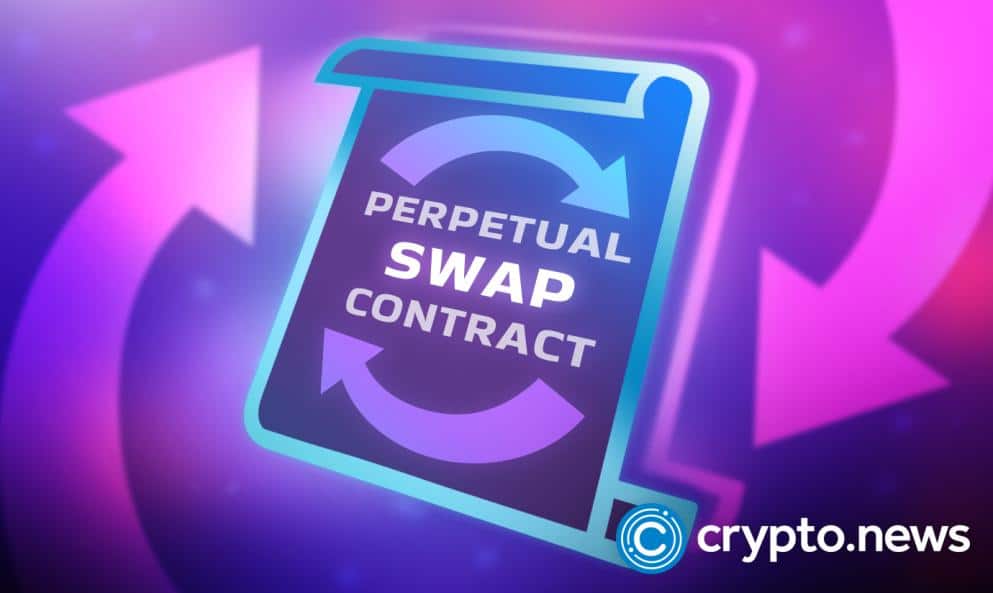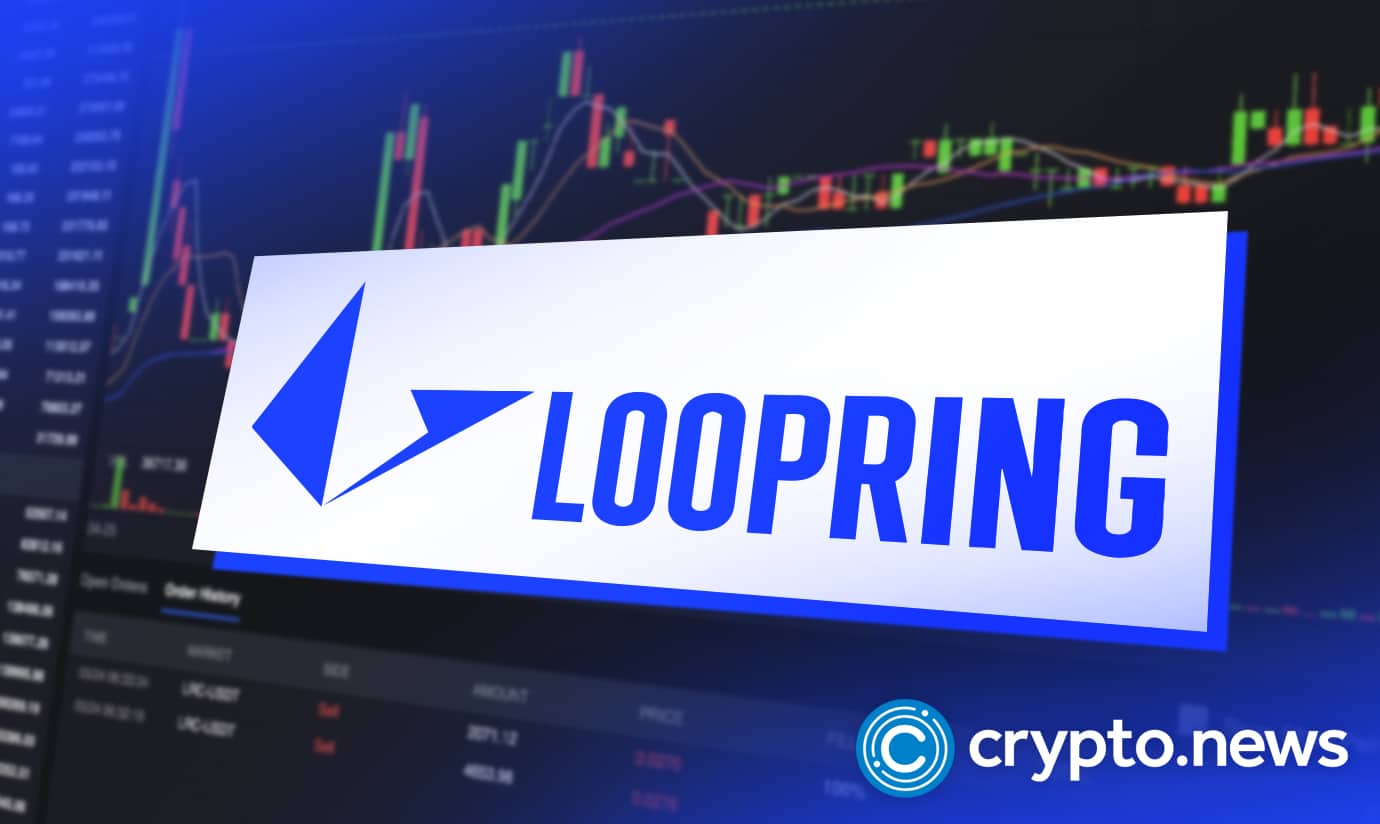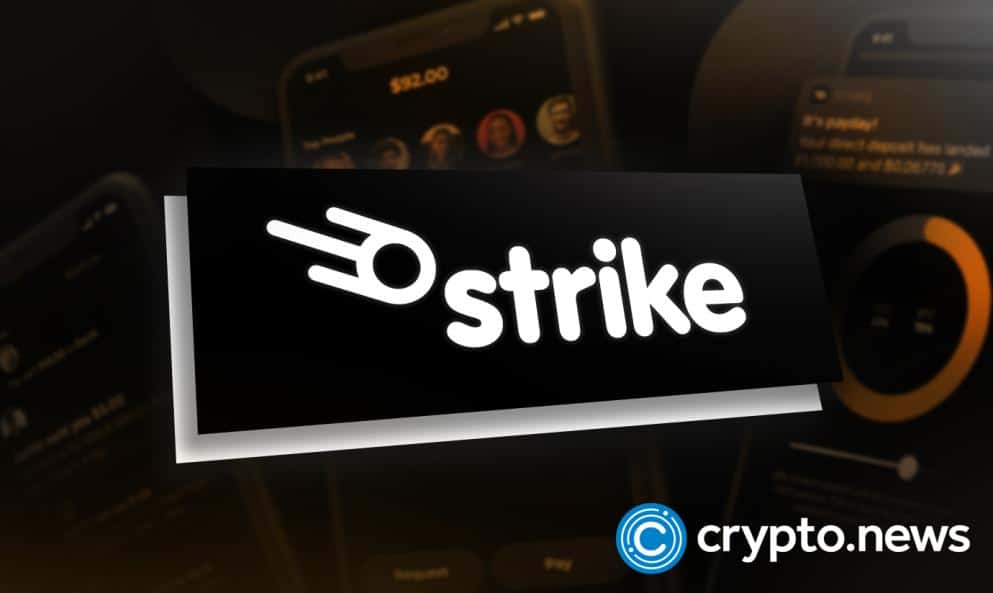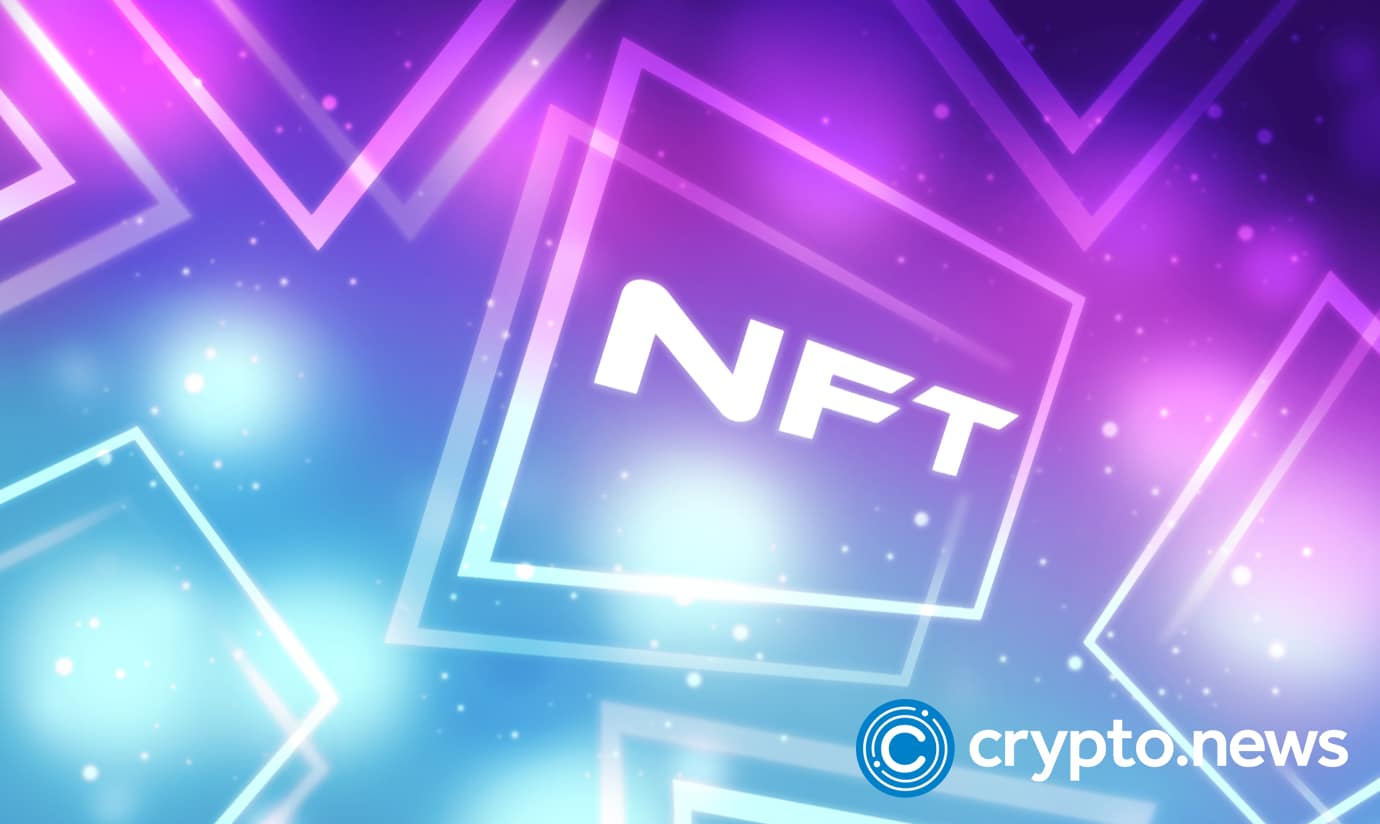Introduced on May 13, 2016, by crypto exchange BitMEX, perpetual swap is a form of derivative trading product in the crypto space that has gained popularity among crypto traders in recent years, accounting for over $180 billion in daily trading volumes.
The Rise of Perpetual Swap Contracts
While perpetual swaps have become one of the most popular ways of trading cryptocurrencies, most crypto traders have little understanding of how they work and how they can benefit from them.
Essentially, perpetual swaps are a form of derivatives that allows crypto traders to buy or sell the value of an underlying asset with plenty of benefits, including the ability to hold a position as long as they want with no expiry date and custody issues.
Perpetual swaps also allow traders to assume large trading positions in crypto markets with little capital. Here’s everything you need to know about perpetual swap contracts. First things first, let’s start by taking a look at crypto derivatives.
What Are Crypto Derivatives?
Derivatives are financial instruments such as options or contracts that derive value from underlying assets such as gold, oil, silver, etc. In simple terms, trading derivatives means buying and selling financial instruments representing the underlying asset.
Crypto derivatives are different from financial derivatives because they allow traders to speculate on the price movements of cryptos without exposing them to the security risks and technicalities associated with trading and holding digital assets. There are different forms of crypto derivatives, the common ones being futures contracts, options, and perpetual swaps.
Futures Contracts and Options
Futures contracts are a type of crypto derivatives that enable investors to speculate on a crypto’s future price by betting on either buying or selling that particular digital asset on a set day at a predetermined market price. Options differ from futures contracts as they give investors the right, not the commitment, to sell or buy an underlying asset at a predetermined price on the set date.
To exemplify this, consider Mr. Mark, who thinks that Bitcoin’s price will go up in the coming months. He has two options: he can go to a spot exchange and purchase bitcoins with his funds at the existing market rate and have them in his possession.
Another option would be to access the derivatives market and buy options or futures contracts. In the last option, while he won’t receive the bitcoins in his wallet, he can buy more bitcoins than his current capital and profit from the price movements if the bet is correct.
The major undoing with futures contracts and options is that they tend to expire at the set date. Therefore traders have to manage and reestablish their positions constantly. Perpetual swaps solve this shortcoming by eliminating the complexity of having to supervise and re-establish their positions before the settlement date.
Perpetual Swaps
Perpetual swaps are a form of crypto derivatives that neither expire nor have a settlement date. Therefore, crypto traders can speculate on the future price movements of digital assets and hold their positions forever without worrying about expiration dates.
In perpetual swaps, unlike in spot markets, the underlying asset is never directly involved in the trade. As such, traders gain exposure to an asset’s price movements without necessarily having to hold or borrow the digital asset itself.
Also, unlike futures contracts where prices can effortlessly deviate from the spot underlying asset, perpetual swaps are pegged to the underlying asset via a price anchoring system known as the funding rate mechanism.
This mechanism finds a consensus between the buyer and seller’s demands for the perpetual swap such that the price is always consistent and in line with the underlying asset. This is done by balancing the long and short positions of perpetual swaps by either incentivizing or disincentivizing trades of perpetual contracts.
How Are Funding Rates Calculated?
As mentioned above, the funding rate mechanism is vital to keep the prices of perpetual futures contracts tied to the market prices of the underlying assets they track. For instance, if bitcoin’s present market price is $20,000, the funding rate mechanism will ensure that the perpetual swap contract is priced around the $20 000 market price point.
Crypto exchanges calculate funding rates by leveraging oscillating price markers, which establish whether long or short traders are in a position to receive rebates or pay fees. The funding rate is marked positive when the price of a perpetual swap is above the spot price of the underlying digital assets. When the funding rate is positive, traders must pay a small fee to traders with short positions on digital assets.
In contrast, negative funding is activated when a perpetual swap trades below the spot price of its underlying asset. In such a case, traders with short positions compensate traders holding long positions.
The exact amount paid or received depends on the size of each trader’s position size. For instance, if the funding rate of an ETH/USD perpetual swap is +0.010%, a trader longing $50,000 worth of this particular perpetual swap would have to pay a fee of $5 – arrived at from multiplying $50,000 with 0.010%.
How Do Perpetual Swaps Function?
Perpetual swaps function similarly to futures contracts and options, only that they don’t have an expiry or settlement date. In simple terms, with perpetual swaps, you’re virtually trading a digital asset such as Bitcoin without physically owning it. To understand how they work, consider this example:
Mark is an avid bitcoin trader. At the start of 2022, Mark believes that the price of bitcoin will go up from the current price of $10,000. He bought 4 BTC/USD perpetual swap contracts to bet on the price using $40,000 capital.
In August 2022, Bitcoin’s market price rose to $20,000. Convinced that he’ll make significant profits, Mark decided to close his position at the market price of $20 000. By closing the position, Mark made a profit of $40,000 without the periodic funding rate fees or rebates as part of the funding rate tethering mechanism. The profit is arrived at using the below formulae.
Profit = position size * (current price – entry price)
Profit = 4 * (20,000 – 10,000)
Profit = 40,000
In summary, Mark earned a profit of $40,000 without holding any Bitcoin thanks to perpetual swaps.
The Pros & Cons of Perpetual Swaps
While perpetual swaps offer plenty of benefits compared to future contracts and options, they have their own shortcomings, as outlined below.
| Pros of Perpetual Swap | Cons of Perpetual Swap |
| Deep liquidity | There are other costs such as funding rate attached to the trading, |
| No expiration/settlement date | Losses can be intensified when trading using leverage, |
| Possibility of trading with a high degree of leverage | Possibility of counterparty risks |
| Offers an opportunity to short cryptocurrencies |
Closing Words
Perpetual swaps are increasingly becoming the preferred means of trading in crypto, thanks to their enormous benefits. Perpetual swaps essentially allow crypto traders to buy and sell their preferred digital asset without owning any asset.
Unlike future contracts and options, perpetual swaps do not have a settlement date, do not expire, are easy to short, and do not require any underlying asset trading. Moreover, perpetual swaps are closely tied to the underlying asset’s price since the demand between buyers and sellers is balanced out via the funding rate mechanism.
With increased volatility in the crypto markets, it may be the right time to start trading digital assets using perpetual swaps.
What are Perpetual Swap Contracts?
A perpetual swap contract is an agreement between parties to buy or sell an asset non-optionally at a point in the future, although the time is not specified.
What is crypto derivative trading?
Crypto derivatives are financial instruments used for investing in digital currencies such as bitcoin or Ethereum. Derivatives allow traders to trade based on price movements instead of simply buying or selling the underlying asset, such as Bitcoin. These types of exchanges include futures contracts, options, swaps, etc.
How do I start trading my crypto?
The best way to trade cryptocurrency is through an exchange. Exchanges offer users access to multiple coins at once, allowing them to jump into new markets quickly. When looking for an exchange, be wary of scams that promise high returns while taking advantage of inexperienced traders who don’t know how to invest properly.
Sourced from crypto.news.
Written by Wayne Jones on 2022-09-15 18:00:00.









